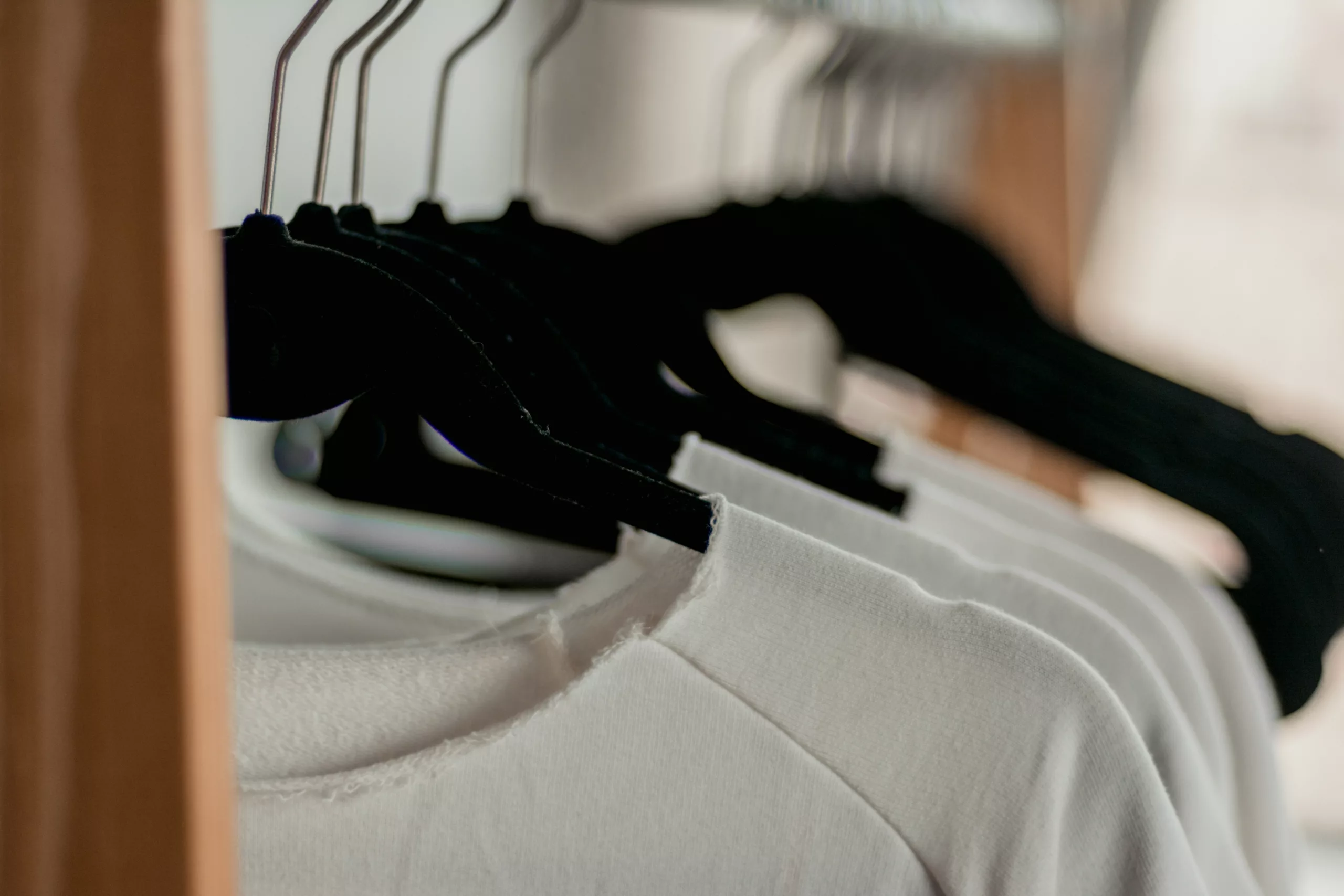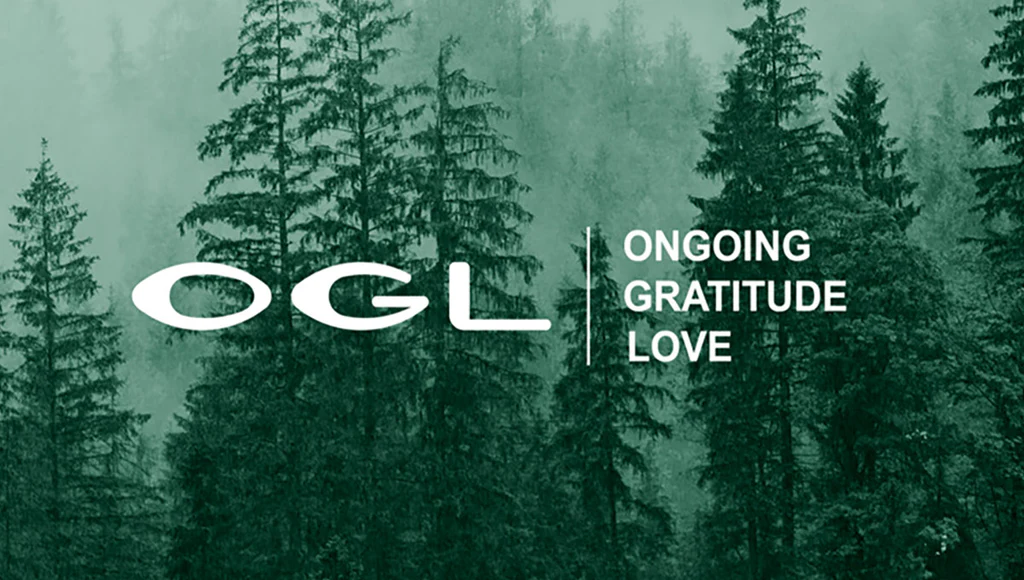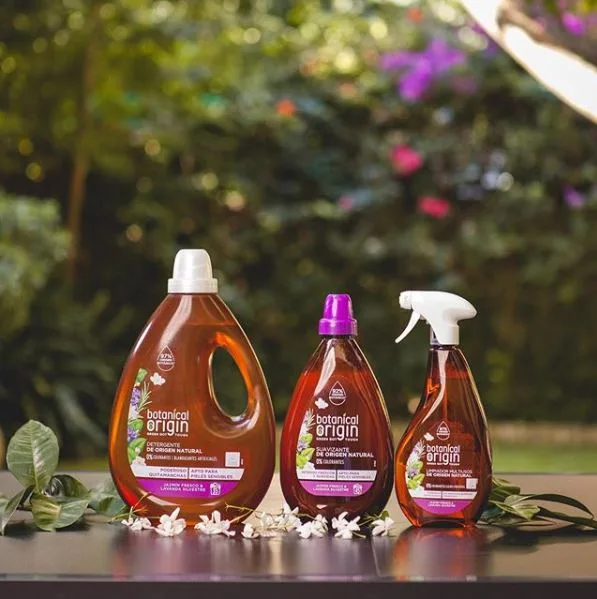Have you ever considered the environmental impact of those seemingly flawless garments in your closet? The fashion industry, renowned for its amazing transformations, has often lagged in embracing eco-conscious practices, particularly in garment care.
Amidst the conventional dry cleaning practices with harsh chemicals, a ray of hope emerges – organic dry cleaners. With a focus on reducing harm to both fabrics and the planet, organic dry cleaners are set to reshape the industry’s trajectory, offering a cleaner and greener approach to preserving our wardrobes. Let’s delve into the practice of Eco-Friendly Dry Cleaning.
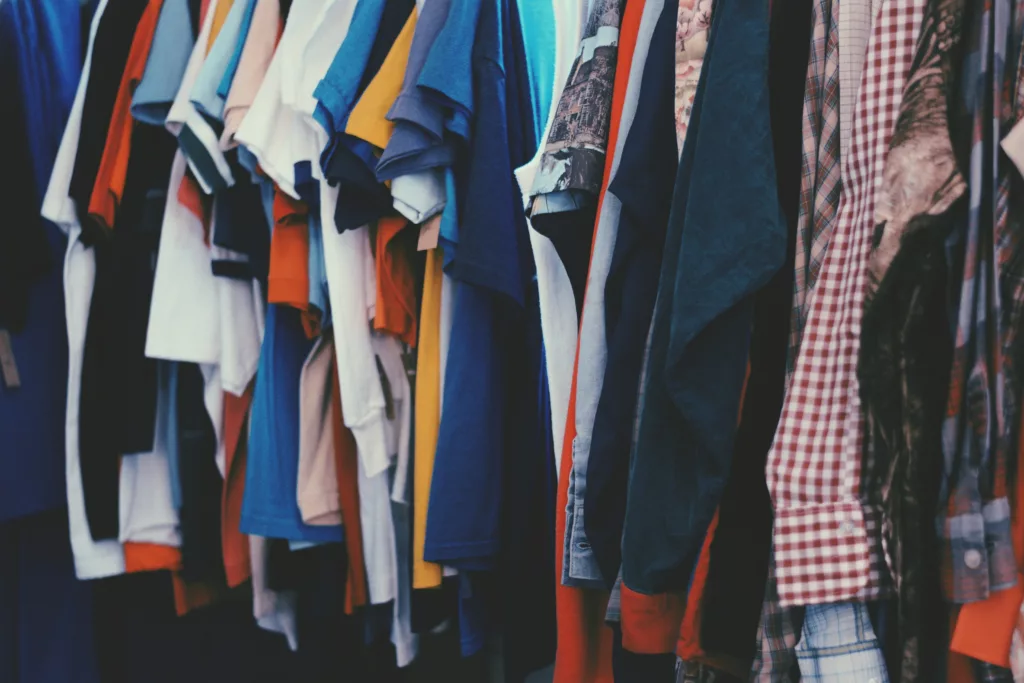
The Misconception of Traditional Dry Cleaning
The common belief that dry cleaning involves a chemical-free procedure has led to a widespread misconception. Contrary to this popular belief, most dry cleaners use perchloroethylene (perc). Although this solvent is proven efficient in cleaning, it has been scrutinized by the United States Environmental Protection Agency (EPA) for its considerable negative impact on human health and the environment. The detrimental consequences of perc extend beyond its effectiveness in stain removal, as it poses serious threats to both ecosystems and human well-being.
The EPA’s recognition of perc as a hazardous substance underscores its damaging environmental effects. The solvent’s release into the air and water can contaminate the soil, impacting plant and aquatic life. Moreover, its volatility contributes to air pollution, compromising air quality and the delicate balance of our ecosystems. The potential health risks posed to dry cleaning workers who routinely handle perc are equally concerning. Prolonged exposure to the chemical has been linked to respiratory issues, skin irritation, and even more severe health complications.
What is Organic Dry Cleaning?
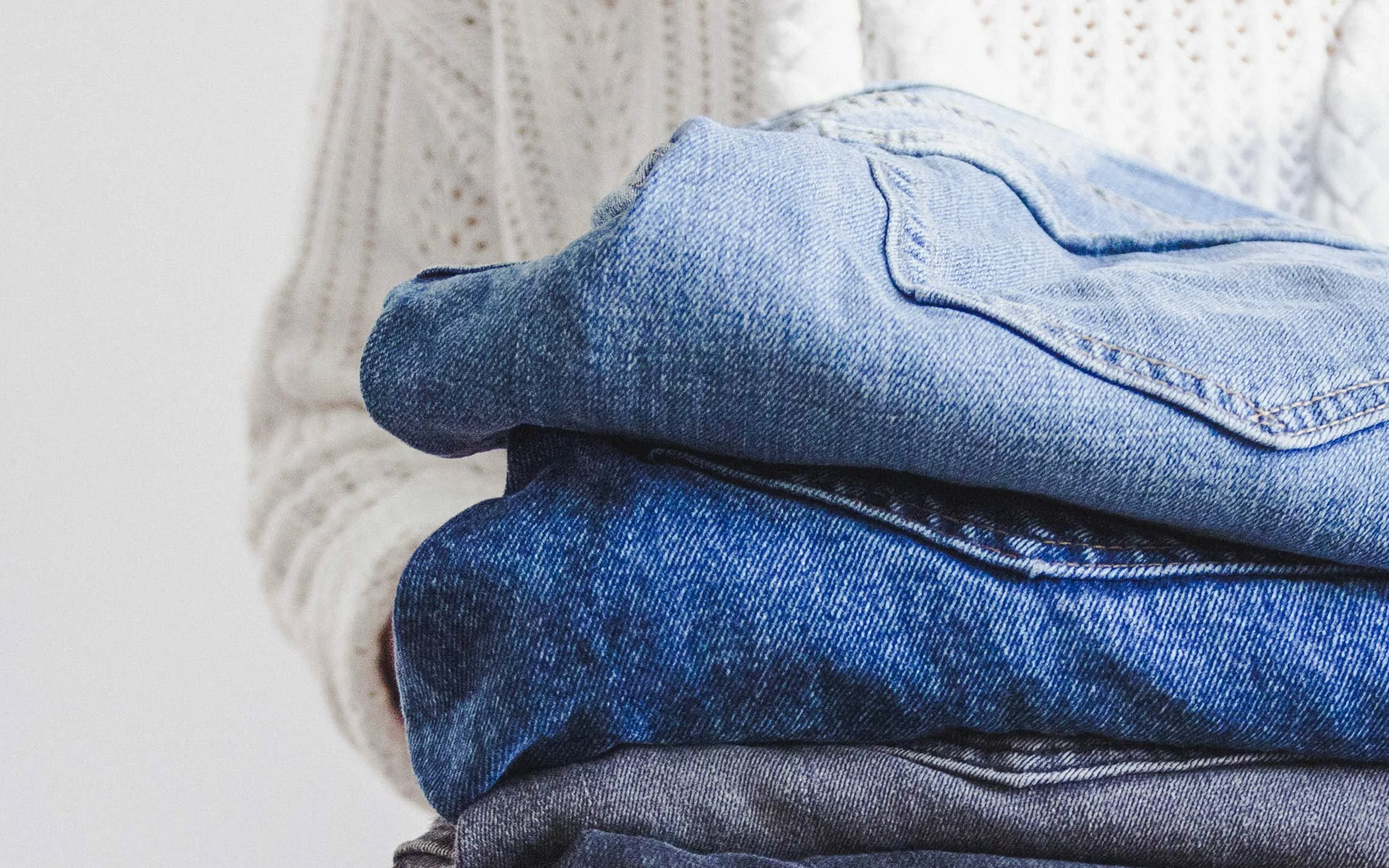
In response to the growing demand for a more sustainable and environmentally friendly approach to garment care, organic dry cleaners have emerged as a pivotal solution. Unlike its conventional counterparts, this innovative method aligns with the principles of green dry cleaning, offering a safer and greener alternative for both clothing and the planet.
At the heart of organic dry cleaning lies natural, biodegradable solvents that effectively lift stains and refresh fabrics without leaving harmful residues behind. The presence of such solvents ensures that your garments are impeccably cleaned without a sign of any lingering chemical traces often associated with traditional dry cleaning methods.
The key differentiator in organic dry cleaners is the deliberate prohibition against chlorinated solvents, which have forever been linked to environmental degradation and health concerns. Instead, organic dry cleaners prioritize eco-friendly technology and practices, from the solvents to the cleaning equipment. Such an approach reduces the unabated release of toxic substances into the environment, combating soil and water contamination and reducing air pollution.
Methods Used by Organic Dry Cleaners
Organic dry cleaners follow green dry cleaning methods to ensure your laundry is as healthy as when you first got it. There are generally 4 eco-friendly dry cleaning methods that adopt an environmentally-preferable technology.
1. Wet Cleaning
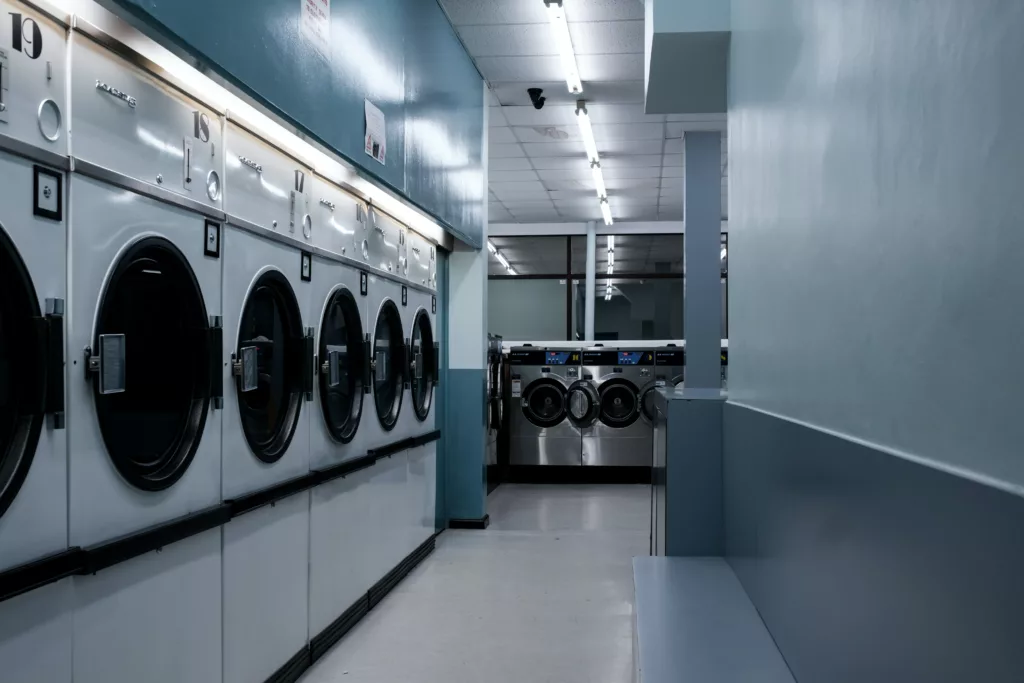
Wet cleaning, an innovative and environmentally conscious dry cleaning method, is a testament to the industry’s commitment to sustainability and garment care. Contrary to its name, wet cleaning isn’t akin to traditional laundering; it’s a specialized process that utilizes cutting-edge technology and gentle detergents, setting it apart from conventional dry cleaning practices.
In the wet cleaning process, highly advanced washing machines are employed, designed with a nuanced approach to garment treatment. These machines rotate significantly slower, ensuring that even the most delicate fabrics emerge unscathed. A mild, chemical-free detergent distinguishes wet cleaning from its chemical-laden counterparts. This gentle formulation cleans effectively and eliminates the risk of harmful residues remaining on garments.
The eco-friendliness of wet cleaning shines through in its resource efficiency. This method consumes less water and energy than traditional dry cleaning, aligning with sustainability goals. Moreover, wet cleaning eliminates volatile organic compounds (VOCs), mitigating potential health risks and reducing air pollution. The garments, meticulously cared for through wet cleaning, undergo careful drying and pressing, resulting in a finish equivalent to conventionally dry-cleaned items.
2. Liquid Carbon Dioxide Cleaning
Liquid Carbon Dioxide (CO2) cleaning, an innovative approach within the realm of dry cleaning, showcases the marriage of technology and sustainability. By Harnessing the power of pressurized liquid carbon dioxide, a natural gas, this method is heralded for its non-toxic nature and minimal environmental impact. Liquid CO2 cleaning employs a sophisticated process that combines natural gas with other gentle solvents to achieve effective and safe garment care.

Operated by specialized machinery, the liquid CO2 cleaning process begins with removing air from the cleaning chamber. Under heightened pressure, the carbon dioxide transforms into a liquid state, facilitating the dissolution of dirt, oils, and fats present in clothing. The rotation of garments within the chamber ensures thorough cleaning. Post-cleaning, the residual liquid carbon dioxide is collected in a storage tank for reuse, with any surplus released back into the atmosphere. Notably, the liquid CO2 used in the process is a byproduct of other industrial processes, further enhancing its environmental credentials.
Despite its ecological advantages, its machinery’s substantial cost has constrained the wider adoption of liquid CO2 cleaning. This limitation has hindered its popularity compared to alternative methods like wet cleaning. Nevertheless, its eco-friendliness, coupled with the potential for technological advancements and cost reduction, positions liquid CO2 cleaning as a promising contender in pursuing sustainable garment care.
3. DF-2000 Hydrocarbon Solvent
The DF-2000 Hydrocarbon Solvent represents a modern stride in eco-conscious dry cleaning, offering a viable and environmentally friendly alternative to the historically used perchloroethylene (perc). Engineered with a focus on reduced toxicity and enhanced sustainability, DF-2000 combines powerful cleaning efficacy with minimal environmental impact.
This hydrocarbon solvent is carefully manufactured to ensure unwavering, premium quality, maintaining stability across multiple distillation and reclamation cycles. This consistent excellence translates into predictable cleaning performance and an unparalleled level of safety, setting it apart from lower-quality hydrocarbon solvents. DF-2000 is classified as a high-purity, aliphatic hydrocarbon solvent, boasting a flash point of 147°F.
The system supporting DF-2000’s application operates as a closed-loop, refrigerated petroleum cleaning system. Like machines designed for Stoddard solvent use, it incorporates a built-in nitrogen generating system, injecting nitrogen into the drum. This ingenious approach effectively lowers the oxygen content, mitigating the potential for combustion.

A distinguishing attribute of DF-2000 is its cleaning prowess, which rivals that of PERC or Stoddard solvents. What sets it further apart is its eco-friendly waste disposal aspect. Unlike hazardous waste disposal necessitated by other solvents, spent DF-2000 solvent can be disposed of as used oil. Additionally, sludge and filters, once dried, can be discarded in regular dumpsters.
4. Silicon-Based Solvent
A silicone-based solvent represents a remarkable breakthrough in fabric care, exemplified by D5, a clear, odorless, and non-toxic siloxane compound. Distinguished by its exceptional properties, this solvent is the cornerstone of the revolutionary GreenEarth Cleaning solution, which is making significant strides in the industry due to its sustainability and effectiveness.
Silicone-based solvents like D5 possess unique attributes that make them ideal for fabric care. With an impressively low surface tension, D5 facilitates superior penetration into fabric fibers, effectively dislodging dirt and contaminants. Its chemical inertness prevents adverse reactions with textiles and dyes, circumventing the complications of color fading or bleeding during the cleaning process.
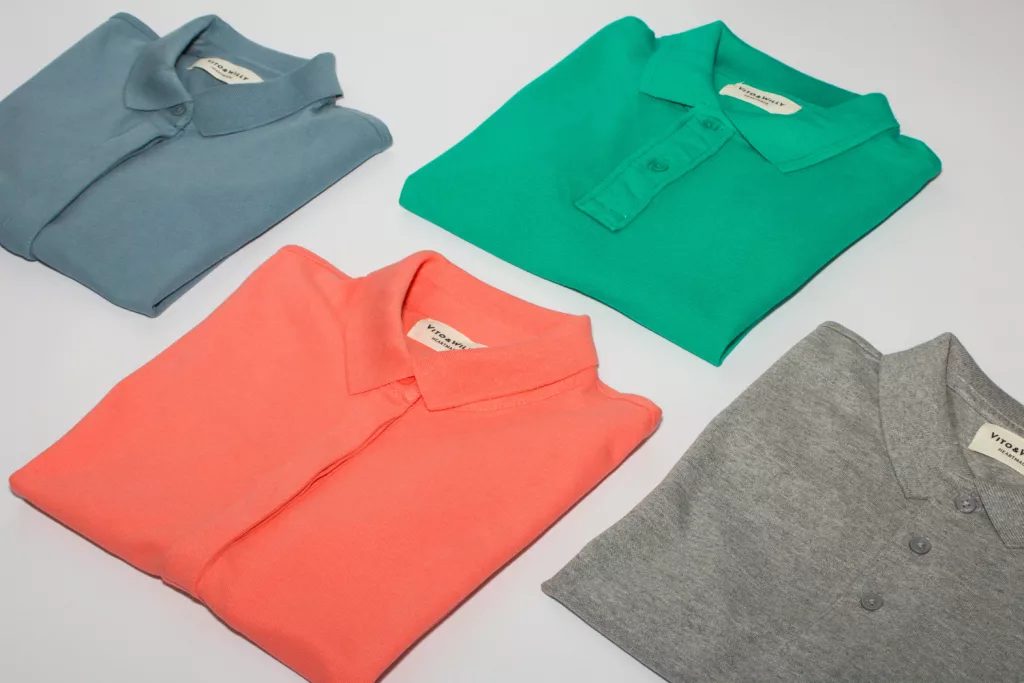
Moreover, D5’s environmentally friendly profile sets it apart. As it is derived from sand, this silicone-based solvent degrades into non-reactive silica, trace amounts of water, and carbon dioxide upon disposal. This complete breakdown leaves no toxic residues, rendering it safe for air, water, and soil. Its effectiveness extends beyond cleaning efficacy; it also safeguards the integrity of garments. By minimizing abrasion, swelling of fabric fibers, and the potential for dye removal, D5 contributes to prolonging the lifespan of fabrics, preserving intricate designs, and minimizing shrinkage.
Comparing Traditional and Organic Cleaning Methods
With traditional dry cleaning wreaking havoc, there is a need for awareness of alternative dry cleaning methods. Let’s learn more about how organic dry cleaners beat traditional ones.
Environmental Consequences of Traditional Dry Cleaning
The environmental repercussions of traditional dry cleaning practices extend beyond mere garment care. Perchloroethylene (perc), the prevailing solvent employed, poses risks to humans and pets and the broader ecosystem. Human exposure to perc is linked to various health issues, from short-term ailments like headaches and hypersensitivity to more severe long-term consequences, including poisoning and cancer.
Moreover, incorrect chemical handling and insufficient maintenance can catalyze “sick building syndrome” (SBS), triggering adverse health effects in occupants. This health concern compounds the already troubling implications of traditional dry cleaning methods. Furthermore, the financial costs of traditional dry cleaning go beyond the price tag. The monetary expense encompasses health care costs arising from related health problems and potential costs linked to environmental cleanup and remediation efforts.
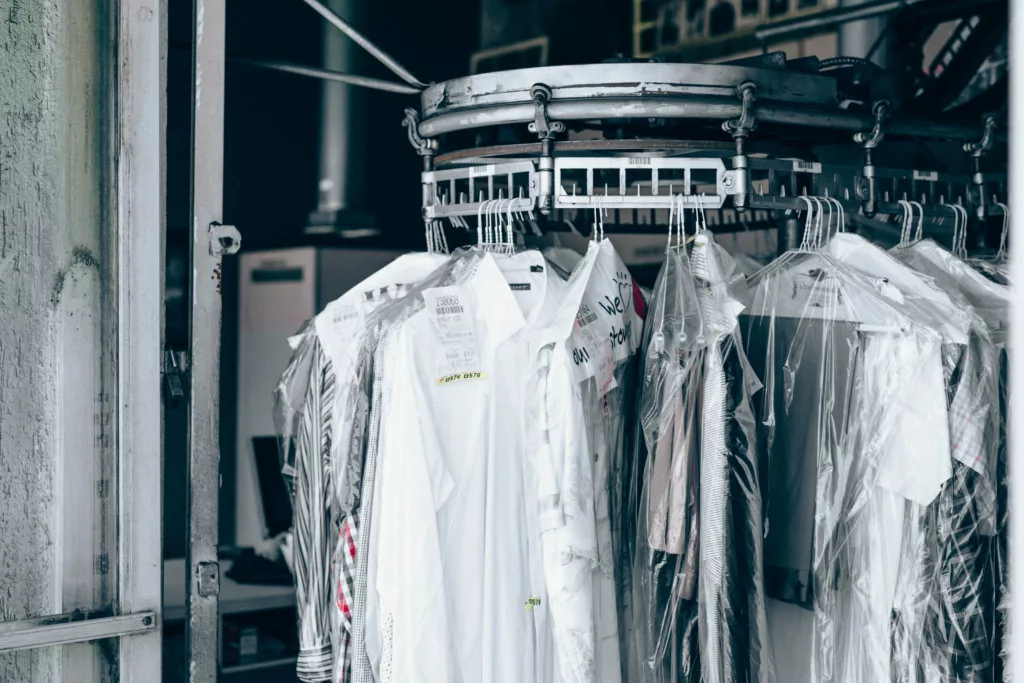
Ultimately, the environmental fallout of traditional dry cleaning is tangible and far-reaching. The release of perc into the air contributes to air pollution, impacting air quality and climate. Its seepage into groundwater further perpetuates ecological damage. As sustainability gains prominence, the fashion industry’s shift towards greener alternatives becomes essential to mitigate these intricate and interwoven environmental consequences.
How Organic Dry Cleaning Reduces These Impacts?
Organic dry cleaners solve the various environmental concerns birthed by traditional dry cleaners. Adopting organic dry cleaners gives way to a green, eco-friendly, and environmentally friendly dry cleaning by utilizing plant-derived and biodegradable liquid solvent cleaning.
The involvement of natural solvents in organic dry cleaners ensures no harmful chemicals impose their burden on the environment. Unlike traditional options, organic cleaning products break down into benign substances, eliminating the risk of water pollution and minimizing ecological impact. Moreover, these gentle solvents neither corrode surfaces nor contribute to long-term deterioration.
Organic dry cleaning’s impact stretches beyond its cleaning efficacy. The reduced reliance on conventional chemicals translates to decreased waste generated during manufacturing, contributing to a more sustainable production cycle. As a result, organic dry cleaning proves to be a safer option for humans and pets and a more cost-effective one, often undercutting the expense of traditional counterparts.
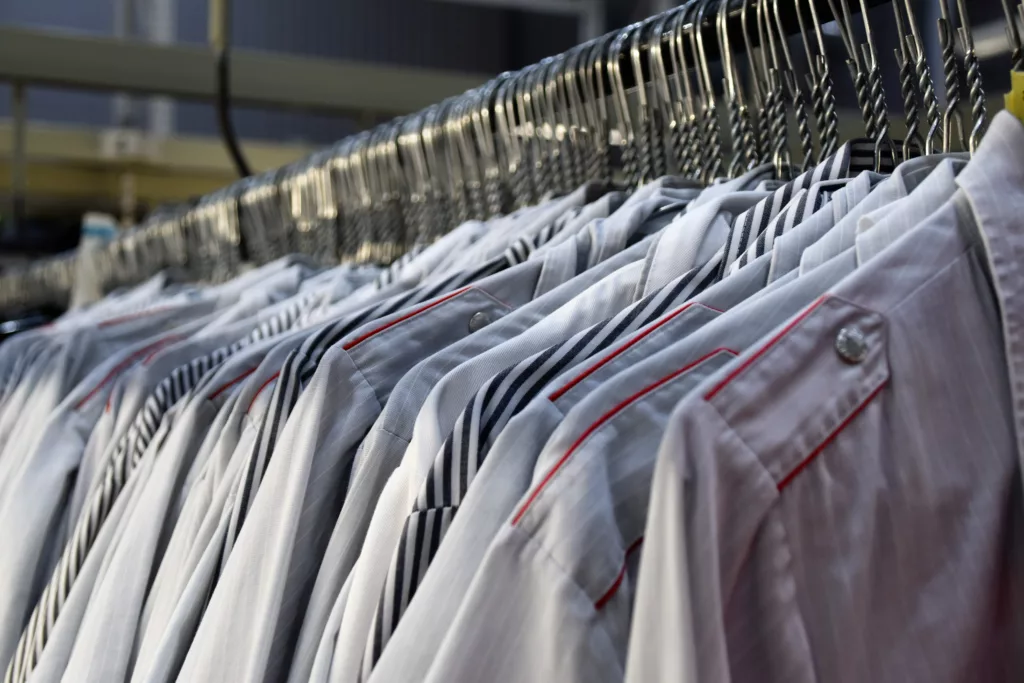
How to Choose an Organic Dry Cleaner?
Transitioning to sustainable fashion care requires diligence. With various options, you are bound to get confused. Here’s a comprehensive guide on what to expect and look out for while choosing organic dry cleaners:
Questions to Ask Before Buying
A customer generally has a lot of questions regarding a product. Without proper, satisfactory answers, likely, you might not go ahead with a purchase. Consumers should ask burning questions about organic dry cleaners before buying to simplify things. We answer these questions to the best of our knowledge:
What solvents do you use, and are they certified organic?
They should exclusively employ solvents that have received official organic certifications, ensuring a truly eco-friendly cleaning process.
How do you ensure energy efficiency in your cleaning processes?
Their commitment to energy efficiency should be evident through their use of advanced technology and meticulous processes that minimize energy consumption and environmental impact.
Can you provide references or case studies showcasing your eco-friendly practices?
They should be pleased to provide references and share compelling case studies that underscore their dedication to environmentally conscious methods.
Do you offer reusable garment bags or sustainable packaging options?
They should offer reusable garment bags and a range of sustainable packaging choices, demonstrating their commitment to reducing waste and promoting eco-friendliness.
Things to Look Out For

Credits: abeautifulgreen
Apart from this q&a, there are also some things you need to look out for while buying organic dry cleaners.
- Certified B Corporation: Organic dry cleaners with this accolade have met rigorous standards of accountability, transparency, and ethical practices, showcasing their commitment to not only minimizing their environmental impact but also fostering positive change within their communities.
- Cradle to Cradle: The Cradle to Cradle certification underscores a holistic approach to sustainability. Organic dry cleaners endorsed by this certification prioritize products and processes designed for circularity, ensuring that materials are continually recycled and repurposed, leaving no waste.
- GreenEarth: The GreenEarth certification benchmarks responsible and eco-friendly dry cleaning. By Employing silicone-based solvents, GreenEarth-certified cleaners offer an alternative that is non-toxic, non-hazardous, and gentle on fabrics. By meeting these stringent standards, they are guardians of garment quality and environmental well-being, exemplifying a commitment to a cleaner and greener future.
Transparent ingredient lists and eco-friendly product claims:
When purchasing organic dry cleaners, insist on transparent ingredient lists and substantiated eco-friendly claims. Ensure that the product’s components align with its environmental promises. By scrutinizing labels and verifying certifications, you make an informed choice that promotes your garment care and the planet’s well-being. Choosing organic dry cleaners with clear and eco-conscious attributes guarantees that your commitment to sustainability is met with genuine, responsible practices.
Positive customer reviews, especially those highlighting green practices:
Before selecting an organic dry cleaning service, peruse online reviews for company performance insights. Evaluate customer feedback to gauge the caliber of service and overall experience. You’ll glean valuable insights into service quality, customer satisfaction, and overall professionalism by scrutinizing these reviews. This information is a reliable compass, guiding you toward a well-informed decision when choosing the best organic dry cleaners near you.
Ethical Brands for Organic Dry Cleaners
The list follows 3 eco-friendly and vegan brands for dry cleaners.

Harnessing the power of environmentally non-toxic silicone, GreenEarth Cleaning offers a gentle alternative to petrochemicals, ensuring optimal fabric care without compromising the planet. Beyond dry cleaning, their endeavors extend to pioneering eco-conscious alternatives for commercial laundry, significantly reducing water and energy consumption.
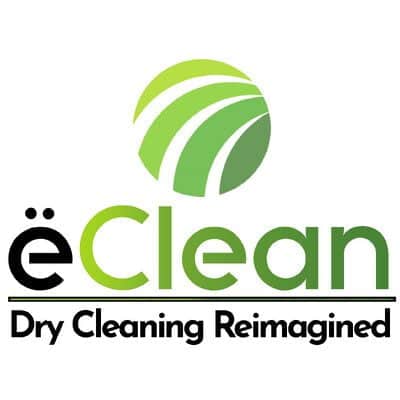
ëClean Advanced Fabricare is an American company that provides eco-responsible dry-cleaning and laundry services using recycled, filtered, and reused liquid CO2. The company’s proprietary cleaning technology is highly effective on all textiles including difficult-to-clean natural fibers such as wool, leather, and down feathers. No water use, no toxic solvents, and a 100% no-heat dry cycle make it one of the most eco-friendly dry-cleaning and laundry methods in the world.

Organic Cleaners is a paragon of environmental responsibility, utilizing exclusively organic, non-toxic hydrocarbon solvents for their meticulous dry cleaning services. Proud members of esteemed associations such as the Dry-cleaning & Laundry Institute (DLI) and the Western States Drycleaners & Launderers Association (WS-DLA), Organic Cleaners brings convenience to busy lives through seamless pickup and drop-off services.
The Global Perspective on Laundry Care
Laundry care, an essential and seemingly innocuous household chore, carries a substantial global impact that transcends its surface-level significance. The ramifications of frequent clothes washing extend beyond individual cleanliness to encompass environmental well-being. Excessive laundering contributes to a trifecta of concerns: water pollution, wastage of vital resources, and an imposing carbon footprint.
The intensity of the issue is grave. Findings in the United States alone amounted to an estimated 847 billion gallons of water consumption, with 191 thousand gigawatt-hours of electricity used. This data reflects the intricate web of environmental consequences of laundry, including the energy-intensive processes involved in washing, drying, and ironing garments.
Embracing measures such as using energy-efficient appliances, washing clothes at lower temperatures, and minimizing frequency can collectively mitigate the environmental strain. By proactively countering the laundry-induced ecological footprint, individuals hold the power to catalyze positive change, fostering a more harmonious coexistence between personal hygiene and planetary health.
Consumer Habits and Their Environmental Impact

Consumer habits wield an often underestimated influence over the environment, as seemingly routine choices ripple outward to shape our planet’s well-being. Decisions regarding washing frequency, cleaning methods, and product choices directly contribute to the environmental narrative in clothing care.
The act of frequently laundering clothing, driven by the misconception of pristine hygiene, exacerbates water wastage and energy consumption. Single-use wear and subsequent washing cycles amplify the demand for water resources, while energy-intensive drying and ironing processes generate substantial carbon emissions. Similarly, opting for conventional dry cleaners, chosen solely for convenience, perpetuates the use of harmful chemicals and energy-intensive practices.
However, the silver lining lies in the profound potential for change in consumer behavior. Conscious decisions – opting for organic dry cleaners that utilize eco-friendly solvents, reducing wash frequency by reevaluating necessity, or embracing air-drying techniques – can collectively orchestrate a transformative impact.
The Future of Sustainable Fashion Care
The future of sustainable fashion care appears promising, driven by the burgeoning demand for eco-friendly practices. As environmental consciousness continues to permeate consumer mindsets, a surge in adopting organic dry cleaning is on the horizon. Industry projections underscore this shift, forecasting a substantial increase in global organic dry cleaning establishments. This evolution signifies a pivotal step towards aligning fashion care practices with the principles of sustainability and eco-consciousness.
The transformation toward sustainable fashion care hinges upon consumers, businesses, and policymakers’ collective contributions. Consumers wield substantial influence by supporting environmentally responsible businesses, reinforcing the demand for greener garment care options. Entrepreneurs are pivotal in driving change through innovation, developing and promoting sustainable solutions while fostering public awareness regarding their advantages. Policymakers play a crucial part in shaping the landscape by implementing incentives and regulations that bolster the growth of sustainable businesses.
Conclusion
Organic dry cleaning is more than just an eco-friendly alternative; it’s a testament to the fashion industry’s commitment to sustainability. By embracing these green methods, we’re ensuring our garments’ longevity and contributing to a healthier planet. As the adage goes, “Fashion fades, but style is eternal.” Let’s ensure our style is also sustainable.
Enjoyed our insights on organic dry cleaning? Dive deeper with our Home & Lifestyle blogs for expert tips on sustainable living. Explore now!
